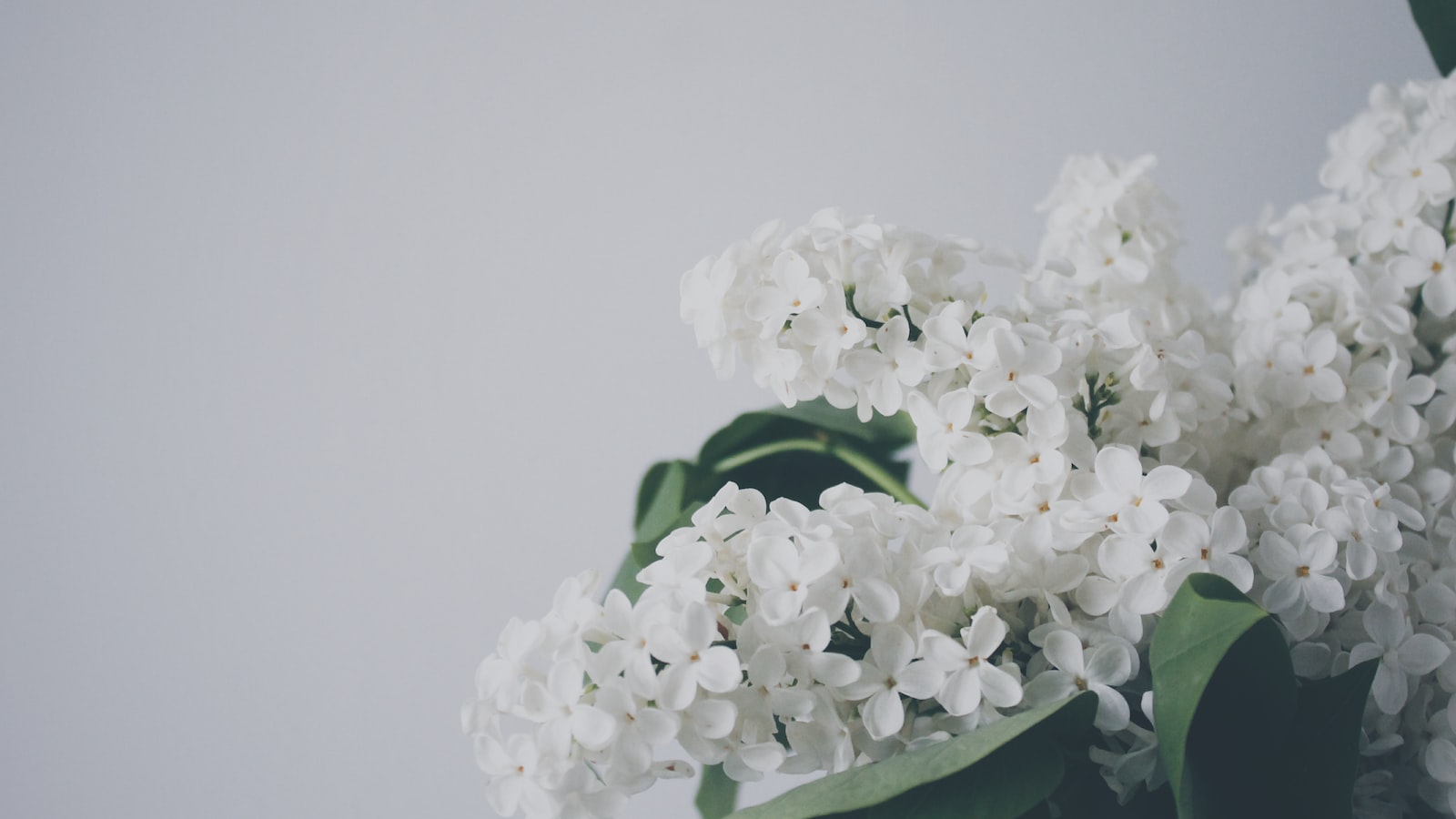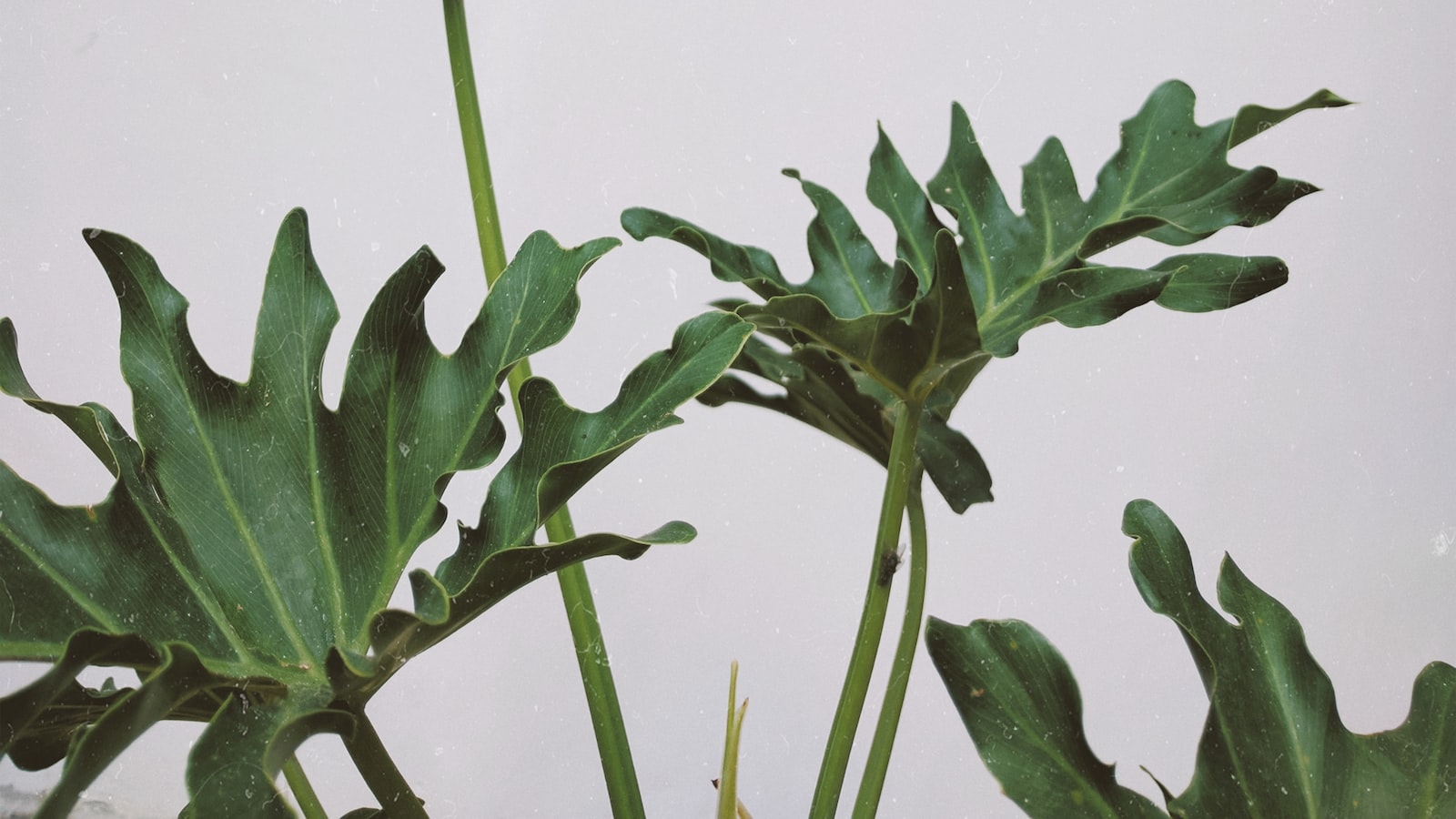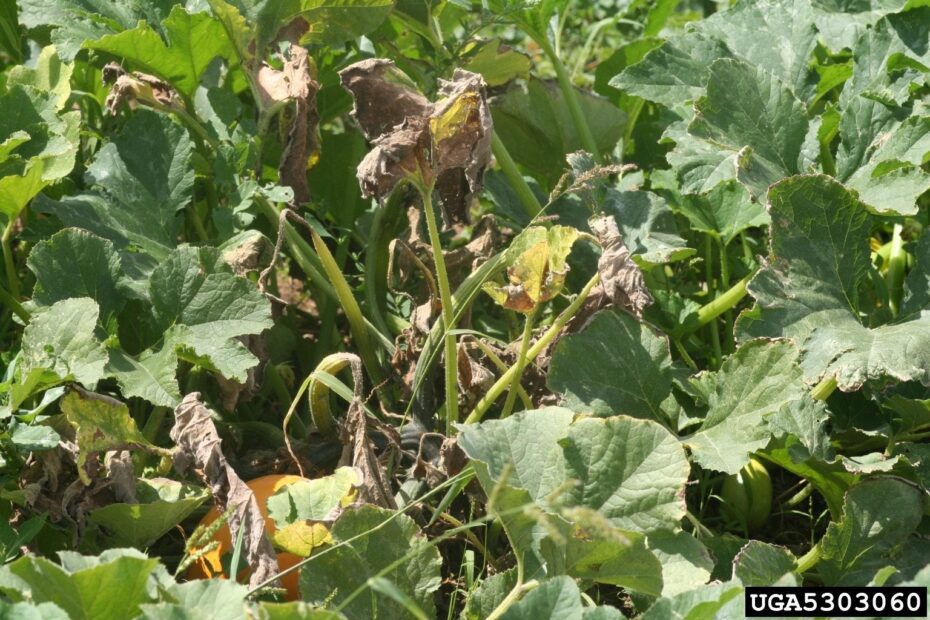Unveiling the Secrets: Breathing Life Back into Your Withering Pumpkin Plant
Within the vast expanse of your garden lies a hidden treasure, a vibrant orange oasis that once brought you joy and anticipation of Halloween delights. As the seasons change, however, your beloved pumpkin plant succumbs to the clutches of decay, rendering it a pathetic sight, devoid of its former splendor. Fear not, for as the sun still rises each day, so too exists hope for your ailing flora companion. With unwavering determination, we embark on a quest to restore life to your dying pumpkin plant, unearthing the secrets that nature keeps so closely guarded. Prepare yourself, dear gardener, for we are about to embark on a captivating journey that promises to rejuvenate your wilting pumpkin back to life.
Pumpkin Plant Health: Identifying Signs of Decline
You walk into your pumpkin patch eagerly, only to find your beloved pumpkin plant is showing signs of decline. Don’t despair! With a little knowledge and TLC, you can save your dying pumpkin plant and bring it back to life. Identifying the signs of decline is the first step on this rescue mission, so let’s delve into the world of pumpkin plant health to uncover the secret language of your plant’s distress signals.
To rescue your pumpkin plant from the brink of death, it is crucial to recognize the warning signs. Keep an eye out for symptoms such as stunted growth, wilting leaves, yellowing or browning foliage, and discolored fruit. These indicators may point toward nutrient deficiencies, pests, diseases, or environmental stressors. To help you on your mission, here are some key features and tips to consider:
| Features/Tips | Description |
|---|---|
| Foliage Examination | Inspect the leaves for holes, spots, or signs of insect activity, as they can harm the overall health of your plant. |
| Nutrient Analysis | Check for nutrient deficiencies by observing the color and pattern of leaves, allowing you to tailor your fertilization strategy accordingly. |
| Pest Control | Implement integrated pest management techniques to prevent harmful insects from causing further damage. |

Potential Causes of a Dying Pumpkin Plant: Common Culprits to Consider
When your beloved pumpkin plant starts to wither, it can be disheartening. However, with the right knowledge and timely action, you can revive it and bring it back to its flourishing glory. Here are some common culprits to consider when trying to save a dying pumpkin plant:
1. Lack of Water
Pumpkin plants require consistent moisture to thrive. Insufficient watering can lead to wilting and eventual death. Give your plant a deep watering at the base to ensure the roots are properly hydrated.
2. Disease and Fungus
Pumpkin plants are not immune to diseases and fungi. Powdery mildew, bacterial wilt, and root rot can all pose a threat to your plant’s health. Regularly inspect your plant for any signs of discoloration, patches, or wilting leaves. Treating these issues promptly with appropriate fungicides or organic remedies can help save your pumpkin plant.
| Features | Tips |
|---|---|
| Yellowing leaves | Trim off yellow leaves to prevent further spread of disease. |
| Aphid infestation | Use insecticidal soap or neem oil to control aphids and protect the plant. |
| Poor drainage | Amend the soil with organic matter to improve drainage and prevent root rot. |
By considering these potential causes and implementing the necessary actions, you have a better chance of saving your dying pumpkin plant. Remember to observe it closely, offer proper care, and provide the environment it needs to thrive. Your efforts will be rewarded with a vibrant and bountiful pumpkin harvest!

Reviving Your Dying Pumpkin Plant: Practical Tips and Techniques
 Are you watching your once vibrant pumpkin plant wither away before your eyes? Don’t despair! There are practical tips and techniques that can help bring your dying pumpkin plant back to life. With a little care and attention, you can revive your plant and watch it flourish once again. Here are some methods you can try to save your precious pumpkin plant:
Are you watching your once vibrant pumpkin plant wither away before your eyes? Don’t despair! There are practical tips and techniques that can help bring your dying pumpkin plant back to life. With a little care and attention, you can revive your plant and watch it flourish once again. Here are some methods you can try to save your precious pumpkin plant:
-
Check the soil moisture: Ensure that your pumpkin plant is receiving adequate water by checking the soil moisture regularly. Stick your finger about an inch into the soil – if it feels dry, it’s time to water. Be careful not to overwater, as this can cause root rot. A consistent moisture level is key.
-
Inspect for pests and diseases: Examine the leaves, stems, and fruit of your pumpkin plant for any signs of pests or diseases. Common culprits include aphids, powdery mildew, and squash bugs. If you spot any infestations or symptoms, promptly treat them using organic insecticides or fungicides.
-
Provide proper support: Limp, drooping vines can prevent your pumpkin plant from thriving. Use trellises or stakes to support the vines and ensure they have enough space to grow. Redirect any entangled vines gently and avoid forcefully pulling or tearing them.
| Feature or Tip | Description |
| Pruning | Trimming back excess foliage can redirect energy to healthier parts of the plant. |
| Fertilization | Applying a balanced fertilizer can provide essential nutrients for rejuvenating the plant. |
| Shade Protection | Shielding the plant from extreme heat with a shade cloth can prevent stress and sunburn. |
Remember, reviving a dying pumpkin plant requires patience and persistence. By implementing these tips and techniques, you can increase your chances of saving your plant and enjoying a bountiful harvest. Keep nurturing and supporting your pumpkin plant, and you may be amazed by its transformation.
Preventive Measures: Ensuring the Continued Health of Your Pumpkin Plant
When it comes to saving a dying pumpkin plant, prevention is key. By implementing a few essential measures, you can help safeguard the health and vitality of your precious pumpkin plant. Remember, a healthy plant is better equipped to resist disease, pests, and other potential threats.
Firstly, proper irrigation is crucial. Pumpkin plants require consistent moisture, but overwatering can lead to root rot. Introduce a watering schedule that ensures the soil remains evenly moist, but not waterlogged. Secondly, provide adequate spacing between pumpkin plants to prevent overcrowding and improve air circulation, reducing the risk of mildew and other fungal diseases. Keeping the immediate vicinity around the plants clear of debris and weeds also helps ward off pests.
Features and Tips:
| Feature | Tip |
|---|---|
| Pest Control | Regularly inspect leaves for signs of pests, like aphids, and take appropriate measures if detected. |
| Fertilization | Apply a balanced fertilizer rich in nitrogen during early growth stages to promote healthy foliage. |
| Protective Mulching | Apply organic mulch around the base of the plants to regulate soil temperature, retain moisture, and suppress weeds. |
Frequently Asked Questions
Q: Help! My pumpkin plant is on the brink of death. Is there any hope?
A: Absolutely! Don’t give up just yet. With a little TLC and some clever tricks up your sleeve, you can revive your dying pumpkin plant and bring it back to life.
Q: What are the main reasons that cause a pumpkin plant to wither away?
A: Pumpkin plants usually suffer from a combination of factors. Overwatering, underwatering, poor soil quality, lack of sunlight, pests, and diseases can all contribute to their decline. Identifying the root cause is crucial in determining the right course of action to save your plant.
Q: What are some quirky methods to revive a pumpkin plant and nurse it back to health?
A: Saving a dying pumpkin plant can be an adventure! Here are three unconventional yet effective tricks:
- Serenade it: Play some soothing classical music or your favorite tunes near your pumpkin. Studies suggest that plants respond positively to sound vibrations, which may boost their vitality.
- Give it a caffeinated jolt: Mix a diluted solution of coffee (sans cream and sugar) and water, and use it to water your plant. The natural caffeine might perk up the plant’s growth and strengthen it against diseases.
- Reiki healing: Harness your inner energy and channel it towards your plant. Place your hands gently on the pumpkin leaves and visualize healing energy flowing into it. While it may sound a bit mystical, some gardeners swear by the power of Reiki to revive their plants.
Remember, these quirky methods don’t replace the basics of proper watering, adequate sunlight, regular care, and pest management. But sometimes, adding a touch of creativity and imagination can be just the right dose of magic to bring your dying pumpkin plant back from the brink. As we bid farewell to our beloved pumpkin plants, remember that nurturing life is a delicate dance. It requires patience, a little bit of magic, and a whole lot of love. Though we may not always succeed in reviving a dying pumpkin plant, our efforts remind us of the resilience and beauty that exists in the natural world.
So, embrace the challenge of gardening, dear readers. Be a caretaker of hope, tending to not only your pumpkins, but to all the tiny seeds that hold promise. Remember, there is always a way to rescue a struggling plant, whether it be through a simple adjustment in care or through the sheer determination to never give up.
As time goes by, our pumpkin plants may wither away, but let us not forget the joy they once brought us and the lessons they imparted. The faint whispers of pumpkin vines shall echo through our gardens, resurfacing memories of vibrant orange enigmas that once flourished under the curious gaze of the moon.
Though this guide draws to an end, may its knowledge continue to inspire and ignite a passion within you. Let the cycles of life and the curious world of pumpkin plants forever enchant your green thumbs. So, go forth, fellow gardeners, and may you forever seek the magic in the soil.
- When to Put Weed and Feed on Lawn in Michigan - October 16, 2023
- When to Fertilize Potatoes Plants - October 16, 2023
- Can You Plant Clover in the Spring - October 16, 2023
Contents

